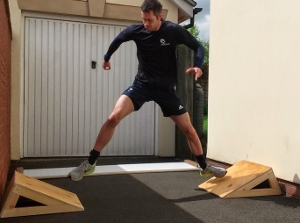Posts Tagged ‘p.e.’
How to get fit for sport
A comprehensive guide to getting fit for your sport
 Over the past few years we have published many guides on sports fitness; based on both research and our extensive coaching experience. Our athletes have benefitted from the principles and systems that we have developed.
Over the past few years we have published many guides on sports fitness; based on both research and our extensive coaching experience. Our athletes have benefitted from the principles and systems that we have developed.
Why disengaged girls hate school sport
I have recently been asked to help coach “disengaged” girls in school p.e. I am doing weightlifting at one school, gymnastics at another. Funding is available to help these girls as they are unenthusiastic about “traditional p.e.” My experience coaching them is different from what I was told to expect. What is “traditional p.e.”? I…
Read More
